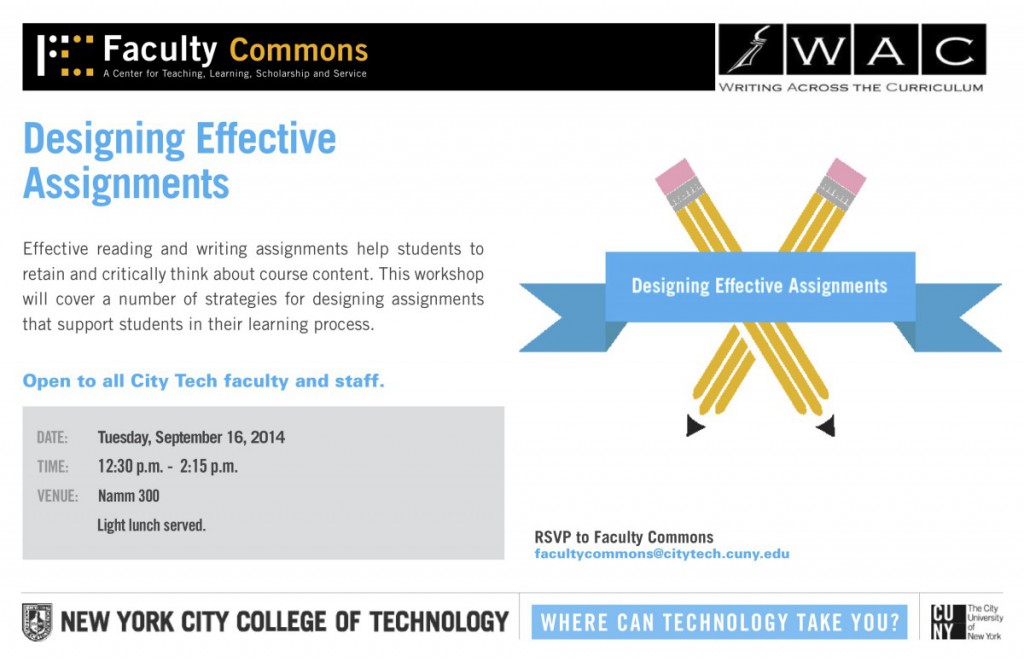Supposedly there is a quote by author John Dufresne that goes “the purpose of a first draft is not to get it right, but to get it written”. Unfortunately, as with many historical quotes, I can’t find where or when he said it, but that doesn’t diminish its sensibility. When I came to know this quote, I immediately interpreted it as a type of ‘done is better than perfect’ logic. A (badly) written thesis is still better than the (obviously great) thesis existing solely in my mind, so let’s buckle up, push this draft out, and we can move on to the next writing hurdle. In a sense, it motivated me to produce writing, because a product is better than no product.
I feel that this production perspective on writing was also encouraged by my education. Typically, most courses I took during my bachelor and master’s degree culminated in a term paper where students could demonstrate their mastery of the subject. I say culminated because there wasn’t really a practice built around submitting several drafts. On occasion I was asked to submit an outline first which was supposed to detail the paper’s premise and arguments. This typically resulted in me scrambling a skeleton together, because I didn’t know yet what I was going to write about. Also, which element of the subject one had mastered exactly tended to be open to interpretation, since most term paper assignments were not specific. I recall taking a course one semester that was called International Relations and my term paper discussed Harry Truman dropping the bomb, which seemed to make perfect sense at the time.
Lately, my perspective on writing has changed though and that is due to being a part of the Writing Across the Curriculum fellowship program (WAC) at City Tech. The nice thing about City Tech is that we’re exposed to the WAC pedagogy, mostly via discussing John Bean’s book Engaging Ideas (2011). Bean talks (writes really) a lot about the relationship between writing and critical thinking. The whole premise of the book is that writing is an active learning task, which evokes a high level of critical thinking. Why is it an active learning task? Because writing is simultaneously a process of doing critical thinking and the product that communicates the results of the critical thinking.
This blew my mind. Mainly because I perceived writing as a product alone for years. And, as mentioned above, not just any product but the end product: The written culmination of all my thinking efforts. This view does not acknowledge at all the thinking that goes into the writing. It can essentially be summarized as: Think first, write second. Whereas Bean’s perspective posits: Write first, you’ll think during. Consequently, he takes this philosophy even further: Writing does not only trigger thinking, it strengthens the thinking itself. Though this perspective may be new to me, this feeling is familiar: Being forced to formulate (and justify) my ideas often strengthened the ideas themselves.
So my perspective has shifted from perceiving writing as the end of the thinking, to the process of thinking itself. I think this resonates so much with me because it explains why I had such trouble scrambling a skeleton together in college. At the time I thought I was just a bad student who couldn’t think together an outline, but there were good students out there who could. However, the whole assignment now strikes me as curious. How am I supposed to think together an outline, without any of the writing (thus thinking) having taken place?
Moreover, WAC’s philosophy around critical thinking explains my issues with the lack of focus in term papers. Critical thinking is most evoked by problems (Kurfiss, 1988). Therefore, part of teaching critical thinking is making problems apparent to students. Most term paper assignments I encountered were not problem focused. Most of them didn’t seem to have any focus at all which is how I ended up writing about Truman and the bomb at the end of the International Relations course. I’m not saying that there’s something wrong with that, but I do realize now that unspecific term paper assignments do not evoke critical thinking. Plus, the whole concept behind the term paper seems to foster the perspective of seeing writing as an end product instead of a process.
Therefore, my change in perspective on writing is accompanied with a change in interpretation of Dufresne’s quote. Done is still better than perfect, but the quote no longer encourages writing as a finished product. Instead, it now encourages me to perceive writing as a thinking process. Perhaps I can remind myself best by rephrasing it: “The purpose of a first draft is not to get it right, but to get thinking” (free after supposedly John Dufresne).





